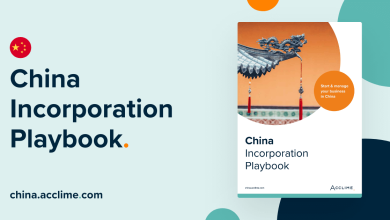3 Things that Can Prevent You from Getting the Lowest Mortgage Rates in Houston

If you are about to buy a house and so thinking about opting for a mortgage program, then you would try to ensure that you get the lowest mortgage rate possible. It is because the lower the mortgage, the more you can save over the life of the loan. And who does not want to save more?
But is it easy to get the lowest mortgage rates in Houston? Can anyone easily get the lowest mortgage rate when opting for a home loan program? Well, though you can get the lowest mortgage rate, but it is not too easy, especially if you made some mistakes when applying for the loan program. Here we have put together a few things that can prevent you from getting the lowest mortgage rate –
- Low credit score
A low credit score is a big no if you want to get a home loan. The base of a low mortgage rate starts with keeping your credit score as high as possible. Mortgage lenders look at your credit score as a roadmap to your creditworthiness. A low score tempts lenders to ask for a higher mortgage rate or to disapprove your loan application a high credit score eases worries that you will repay the loan amount on time. So, if your credit score is low, you should take measures, such as making your payments on time, keeping your aggregate utilization under 20%, avoiding closing accounts, etc. All these will improve your credit score and help you to get the loan at the lowest mortgage rate.
- Short & inconsistent work history
Short and incoherent work history can also prevent you from getting the best mortgage rate when you apply for a home loan program. Lenders always prefer the homebuyers, who have a consistent and long-tenured work history. When you change your jobs several times within a short tenure, it will create the impression in the mind of the lenders that your income is not reliable and so you are not eligible for getting a home loan. So, try not to change jobs too many times unless and until it is required.
- Stick to the first lender
Another thing that can prevent you from getting the lowest mortgage rate is your inertia to shop around or desire to stick to the first lender, who you have talked too. The very first lender you have communicated to might be asking for a high mortgage rate. And when you believe him or her blindly, you may end up giving a huge amount as a mortgage rate and thus, creating a hole in your pocket. To avoid this, shop around as much as possible, compare mortgage rates, and then decide who to choose. It will ultimately help you to get the lowest rate and save a lot.
So, keep all these suggestions in mind when looking for a home loan program and ensure the lowest mortgage rate for you. And to get any further information, opt for a lender today.
Author Bio: Joan Gallardo, a Senior Loan Officer, with 20+ years of experience, here writes on 2 questions to ask the best mortgage lender in Houston when you are about to choose one of the first time home buyer programs in Houston.



